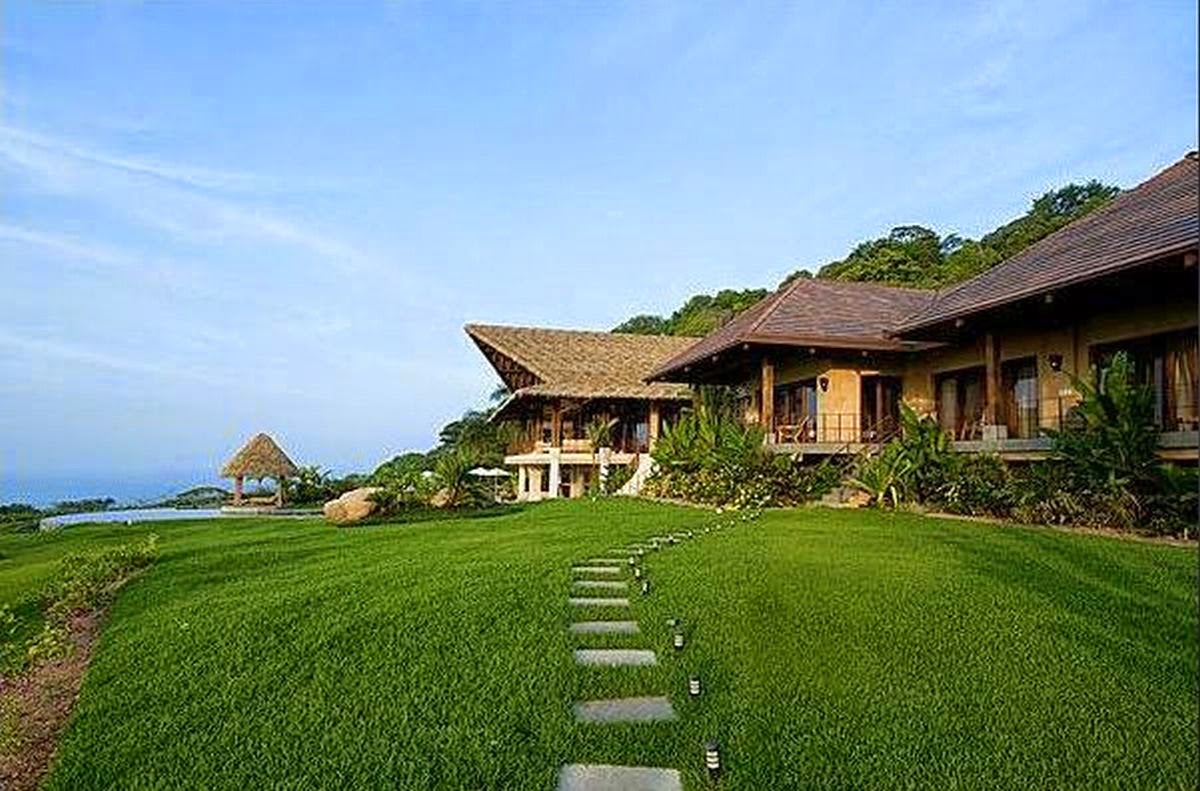 |
| Parthenon |
Architecture is the process and product of planning,
designing and constructing buildings and other physical structures. It can also be classified as the offering or
rendering services with regards to the designing and construction of built
environments and buildings. It also included the designing activity of the
architect which ranges from the macro level of urban design and landscape
architecture to the micro-level which includes construction details and design
of furniture.
The various historical civilizations of the world are often
identified with their existent architectural achievements. Architectural works
are predominantly in the form of buildings which symbolize the culture and work
of art of any community or region.
Evolution of Architecture :
Architecture has been around since the period of evolution.
In fact architecture is in nature, in the ways trees construct themselves, how
birds build their nests, how animals construct their dwellings, etc. According
to reliable sources, the first traces of architecture were found in the form of
simple dwellings about 30,000 years ago. These dwellings were built with stones,
bones, tree branches and reeds which were bound in mud. In 8000 BC, dwelling
were built using mud bricks which hardened by the heat of the sun.
The first reliable traces of architecture were found about
30,000 years ago in the form of simple dwellings. These dwellings consisted of
things like stones in circular formations, animal bones, tree branches and
reeds bound by mud. In 8000 BC, dwellings were built with mud bricks that
hardened in the sun.
Architecture has evolved and through the advent of
inventions and innovations there has been a constant change with regards to
designing and structure.
Primitive mankind built dwellings with circles of stones
which were weighed down the edges by skin tents. Far back in the 5000 BCs,
Early Native Americans used various materials to build mounds and towns. In the
same period the Middle East witnessed the development of cities which were
built of brick and stone. The first city constructed was Akkad which was
followed by other cities like Babel, Calneh, Gawra, Asmar, Fara, Lagash, Ur,
Ninevah and Erech.
Around 3000 BC Stonehenge which was a wooden structure was
rebuilt in stone. In 2789 BC, the first pyramid which was a step pyramid was
built by Imhotep who was an architect for the Pharaoh Djoser. Variations in the
structure of pyramid could be seen in the fourth dynasty under the reign of
Pharaoh Snefru in the 26th century B.C wherein the smooth-sided pyramid was
constructed. One of the ancient Seven Wonders of the World, The Great Wall of
China was built around 25 BC.
The first classic work on the art of architecture De
Architectura was written by the Roman architect Marcus Vitruvius Pollio in the
1st century BC.
It can be seen that building first evolved out of dynamics
of needs which include worship, security, shelter, etc and means to sustain
them with the help of available building materials and skills.
Emergent Modern Architecture :
With the advancement in technology and increase in
scientific knowledge and the increase of new materials architecture began to
concentrate purely on the aesthetics and also supported the human aspects at
the expense of technical aspects of building design. Since the beginning of the
20th century the field of architecture has become multi-disciplinary which
includes structural systems, services, energy and technology.
The start of the 21st century has witnessed the movements of
New Urbanism and New Classical Architecture which adopts a sustainable approach
towards the construction of buildings and other structures.
The various architect in pune have adopted this emerging
system of architecture in order to build sustainable and environment friendly
structures.
-----------------x---------------






